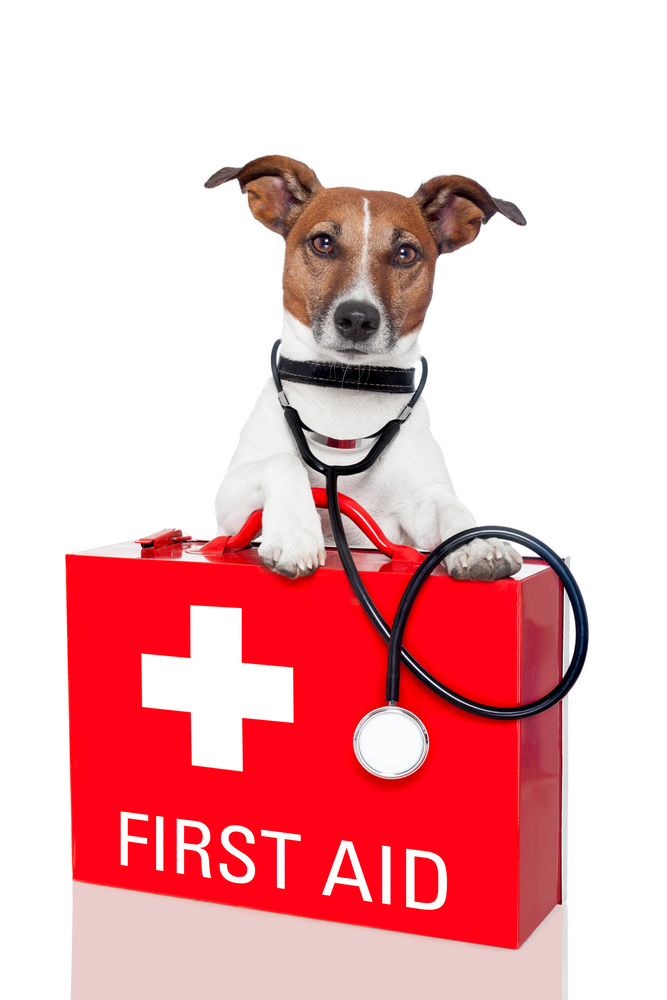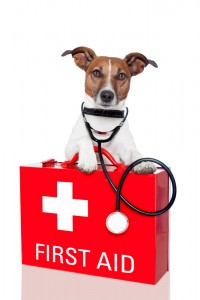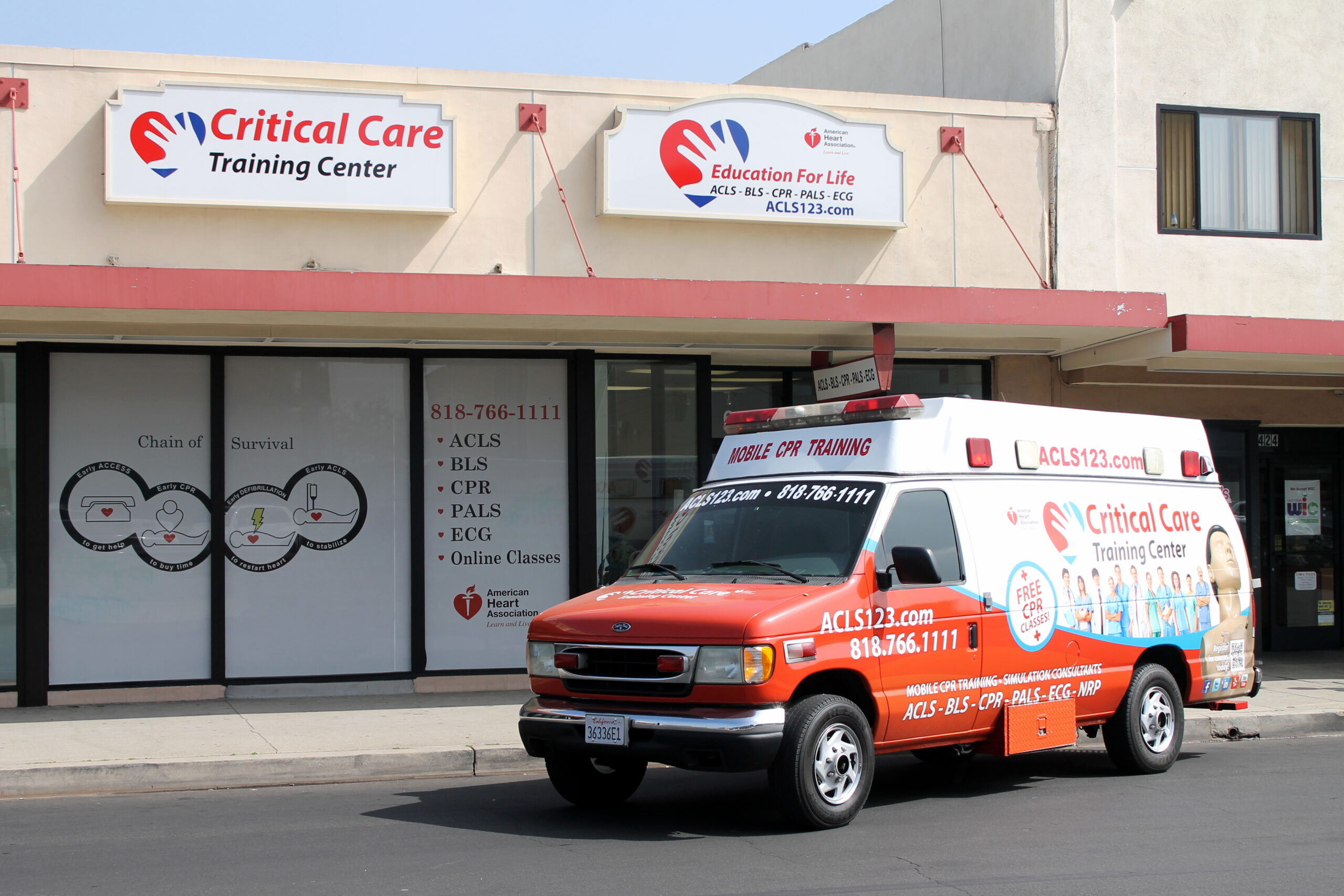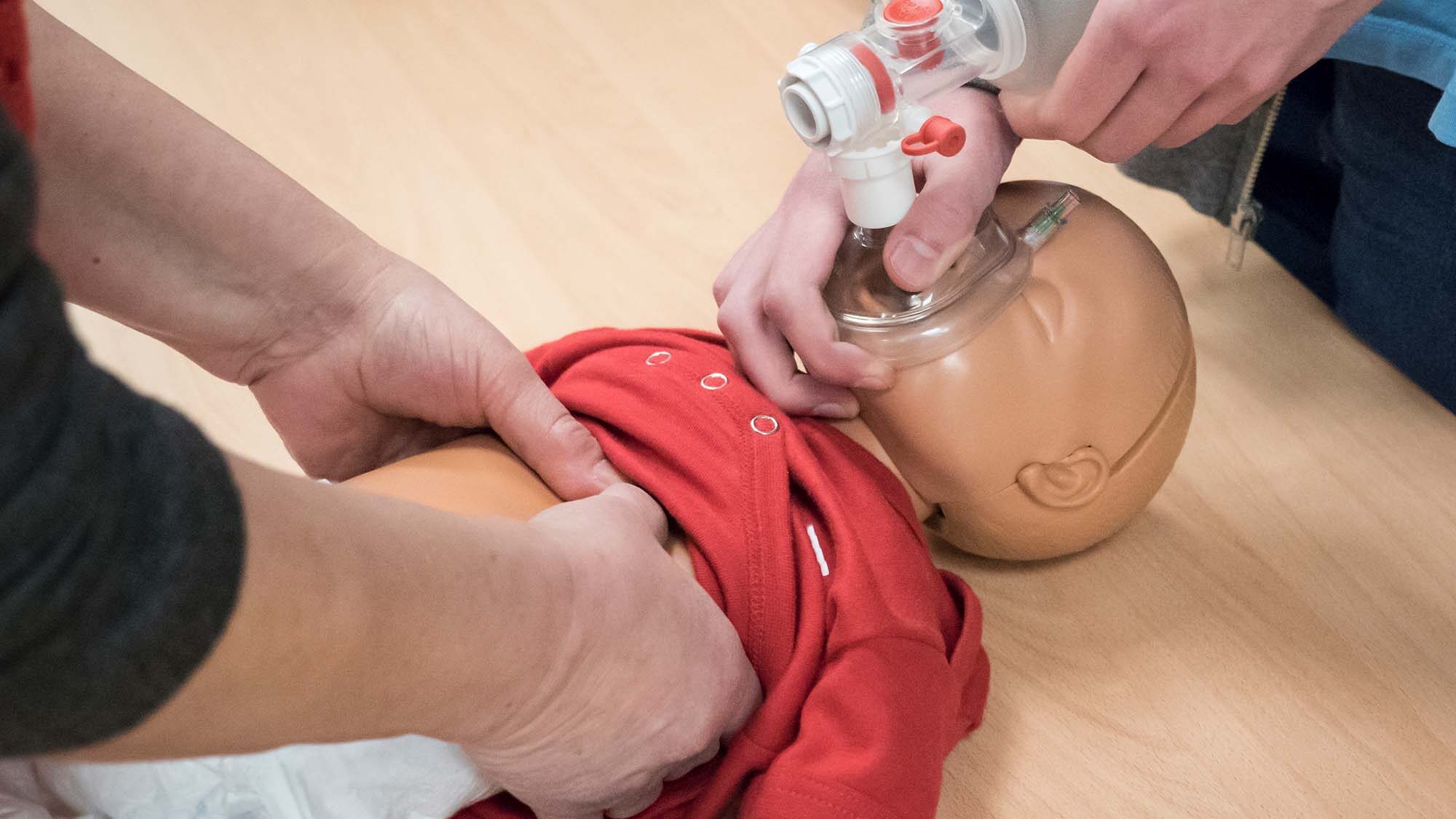Most people know about CPR and first-aid for adults and children, but being prepared to save a life doesn’t have to stop there. First-aid for pets is a valuable skill that anyone can learn, whether you care for animals professionally or just want to be ready if an accident befalls your own treasured pet. Here are two tips you can use even if you don’t know pet first-aid.
Much like human CPR, the very first step is to stay calm. Seeing your pet in distress might make you want to panic, but keep a level head and assess the situation. Animals are very perceptive, and if you panic, that will only add to their own confusion and panic.
When assessing the situation, don’t just run to your pet. An injured animal will not be thinking clearly, and your beloved, trusty friend could unexpectedly bite you out of fear. Assess your animal’s injury and call your veterinarian or an emergency animal clinic right away and let them guide you through the appropriate steps.
Animal first-aid covers a surprising range of life-saving techniques for dogs and cats, from chest compressions and artificial respiration to how to transport a badly injured animal. As with human CPR, the more you know the better prepared you can be for an actual emergency.
For more information on how to become certified in pet first-aid, visit the Red Cross website on classes in your area.










